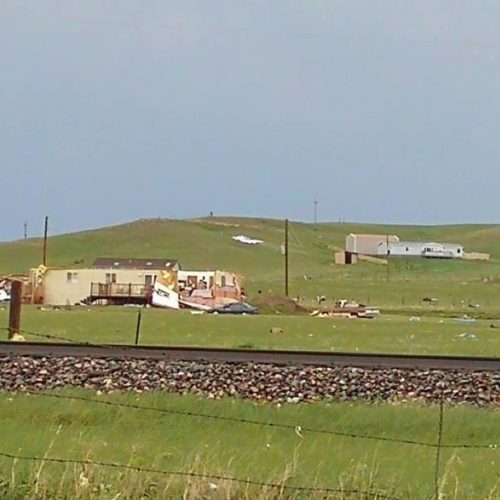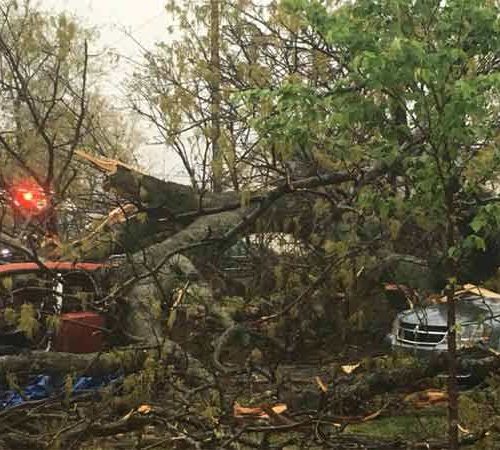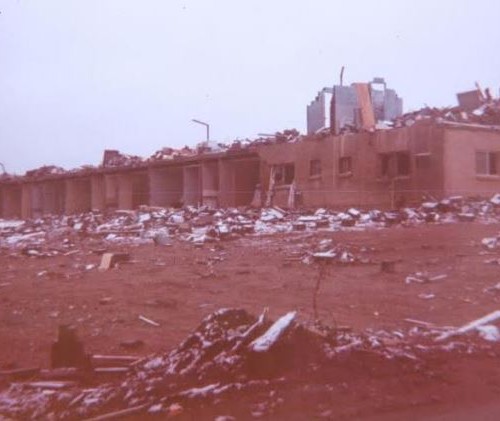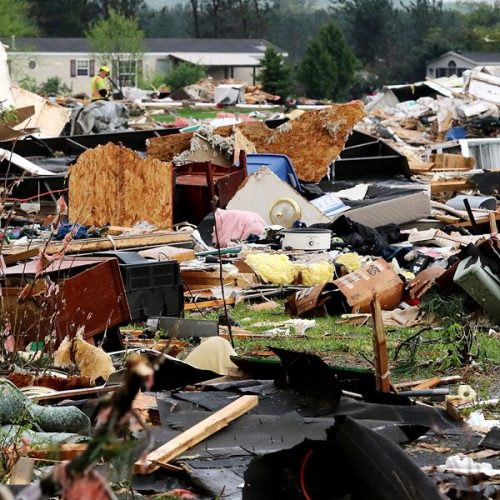The National Weather Service in Tampa issued a tornado warning for Cape Coral five minutes after the storm had already touched down, ripping through homes and tossing over cars for more than 3 miles.
But forecasters said it wasn’t as if there was no notice given. At 4:30 p.m., a special marine warning was issued, that was in effect until 6:30 p.m. And the Storm Prediction Center had warned of severe weather possible for Saturday afternoon.
Still, for Cape Coral residents like Yvette Hicks, who has a warning alert on her phone, the notification after the storm touched down at 6:45 p.m. was a little late.
“We had no warnings,” Hicks said. “And that’s what all our neighbors have said. The warning went off 2 minutes after the storm.”
Meteorologists have cautioned that this winter could be a stormy one, laced with tornadoes brewed up with the help of the strong El Nino.
David Zierden, Florida’s climatologist, worries that Floridians are more aware of hurricanes than tornadoes, not realizing the risk is real.
Even during normal years, Florida can have as many as 66 tornadoes per year. It ranks third nationally for tornado activity, falling behind top-ranked Kansas and runner-up Texas.
In an NWS presentation from the Melbourne office about this winter season, meteorologists stressed that millions of people moved to Florida since the deadly 1998 tornadoes.
“Floridians generally don’t perceive the threat of tornadoes as much as other parts of the country,” Zierden said. “But the whole peninsula has an enhanced risk of tornadoes during strong El Nino years.”
And they may not be aware of how hard tornadoes are to predict.
Robert Garcia, a meteorologist in the National Weather Service’s Tampa office, said forecasters saw the line of thunderstorms moving on shore but a multitude of weather, including friction with the ground, has to come together for a tornado to form.
“We’re kind of at the eastern end of the Gulf and we serve as target practice,” Garcia said about the tornadoes that can spin up from mid-latitude cyclones embedded in the subtropical jet stream. “It’s one of the reasons all of the weather service offices have been doing a campaign since before hurricane season ended to make people aware of tornadoes.”
Dan Kottlowski, a senior meteorologist with the Pennsylvania-based AccuWeather, went back to study the radar before the tornado hit Saturday in Cape Coral.
He agreed that when thunderstorms move inland, the friction created with the ground, can quickly create a tornado.
“All of a sudden, in a few minutes, it can rotate faster,” Kottlowski said. “Some people over warn about these things, some people under warn. But it’s why you want to be extra vigilant during any thunderstorm situations this time of year.”






